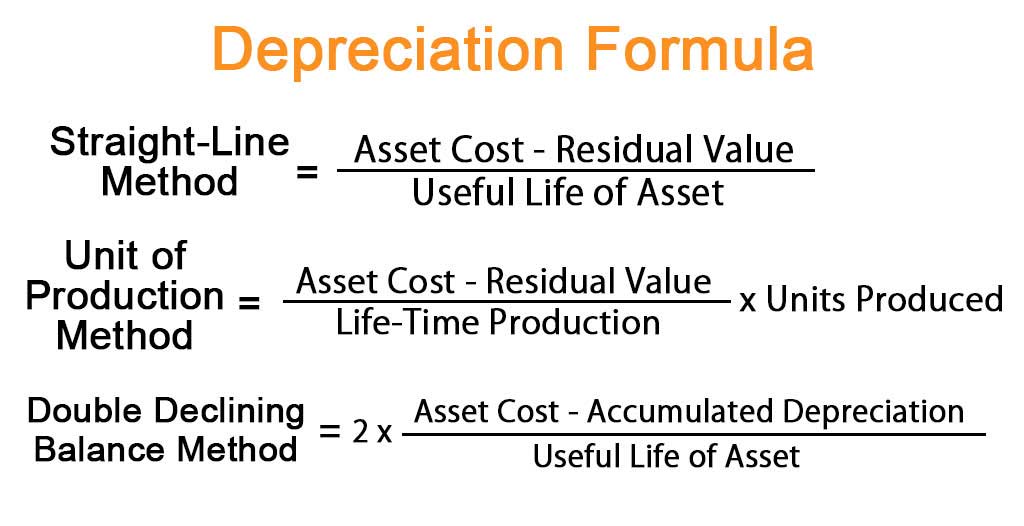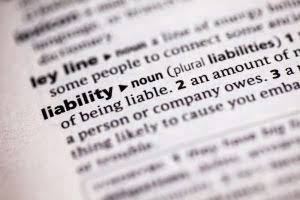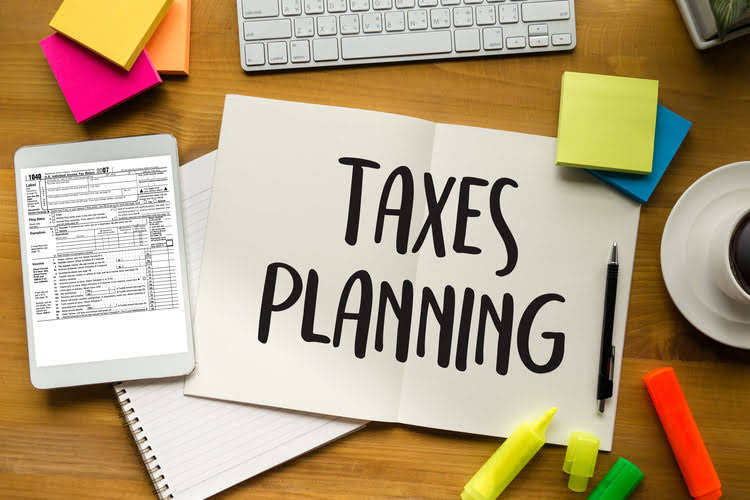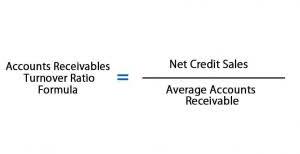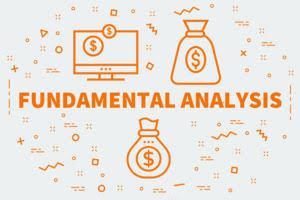Many or all of the products featured here are from our partners who compensate us. This may influence which products we write about and where and how the product appears on a page. However, this does not influence our evaluations.
Expenses and Bank Connections
- Plus, if you prefer to manage your business on the go with a mobile device, you can download the FreshBooks mobile app – and handle your accounting from anywhere.
- FreshBooks accounting software gives you instant access to the tools you need to manage your finances.
- Do much more than just bill clients.
- Invite up to 10 Accountants per business at no extra cost, on Plus and Premium plans.
- FreshBooks is preferred by business owners, their teams, and accountants.Seamlessly migrate from your current software.
With FreshBooks, you’ll confidently create invoices, input expenses, VAT returns, and do your bookkeeping in less time. Plus, with online payments, you’ll get paid twice as fast. FreshBooks is preferred by business owners, their teams, and accountants.Seamlessly migrate from your current software. Get access to live customer support. Your data is safe and secure.
Invoicing and Accounting Tools Built For Any Sized Business
Do much more than just bill clients. FreshBooks allows you to do all of this – and more. It includes professional-looking invoices, expense tracking, time tracking, online payments, financial reports (like Profit and Loss Statements and Expense Reports), a FreshBooks accounting app, and the list goes on. All of these features make us one of the best accounting software choices and small business invoicing software choices – having been used by over 30 million people worldwide. Accounting software is a tool that allows you to track and manage the day-to-day finances of your businesses. It should allow you to create professional invoices, manage expense tracking, run double-entry accounting reports, accept online payments, and monitor all parts of your business’s money – both in and out.
- There’s also a FreshBooks mobile app for both iPhone and Android, which includes mileage tracking.
- Accept online payments from your clients using Barclaycard Payments, FreshBooks Payments, PayPal, or Stripe.
- Also, check out this article about how service-based businesses can make the most of a free 30-Day FreshBooks trial.
- Monitor your business’ health and organize your finances with bank reconciliation.
Easy-to-Use Accounting & Bookkeeping Features
FreshBooks accounting software gives you instant access to the tools you need to manage your finances. It’s perfect for everyone from self-employed professionals https://heforsheukraine.info/disclaimer/ to growing businesses, and helps build stronger client relationships. For clients – learn how to pay invoices with online payments, how to save invoices, estimates, and more. FreshBooks accounting software offers small businesses award-winning customer support. Our team has won 11 Stevie Awards, which are international awards given out to the absolute best customer support department in the world.
You’re our first priority.Every time.
Here is a list of our partners and here’s how we make money. Plus, if you prefer to manage your business on the go with a mobile device, you can download the FreshBooks mobile app – and handle your accounting from anywhere. Also, check out this article about how service-based businesses can make the most of a free 30-Day FreshBooks trial. FreshBooks integrates with over 100 great apps to streamline work for business owners, keep teams and clients connected, and better understand your business. Compare features, pricing, and expert reviews for your business software needs – all in one place. Impact on your credit may vary, as credit scores are independently determined by credit bureaus based on a number of factors including the financial decisions you make with other financial services organizations.
An AppStore For All Of Your Business Needs
Plus, as an online accounting software – your data is stored https://zxtunes.com/author.php?id=802&md=3 and ready to be accessed wherever you are in the world. But, once you sign up for a FreshBooks plan, check out our Advanced Payments feature, which includes recurring billing. Advanced Payments lets your small business accept credit cards online and accept payments like bank transfers, payments over the phone, and invoice-free payments with Checkout Links.
- It’s perfect for everyone from self-employed professionals to growing businesses, and helps build stronger client relationships.
- Our team has won 11 Stevie Awards, which are international awards given out to the absolute best customer support department in the world.
- We believe everyone should be able to make financial decisions with confidence.
- Get access to live customer support.
- We’ve collected on our accounts receivable at a higher percentage than we ever had before.
This may influence which products we review and write about (and where those products appear on the site), but it in no way affects our recommendations or advice, which are grounded in thousands of hours of research. Our partners cannot pay us to guarantee favorable reviews of their products or services. Here is a list of our partners.
We believe everyone should be able to make financial decisions with confidence. Log expenses and import expenses from your bank account automatically. If you’re not sure about things like accounts receivable, general ledger, balance sheets, or doing your business taxes, not to worry. Getting your accountant on board and working with you in FreshBooks can be done in just a few clicks. Get more time for your business and clients, and even a little extra to plan for the future. Keep your books in check, your clients happy, and deliver the work you love doing.
So you’ll know exactly why it’s the accounting software used by over 30 million owners. That doesn’t mean your small business doesn’t get access to some online payment features, you can still craft time-saving workflows. All features are built to be easy to use for small business owners and their teams, clients, and accountants.
For Businesses With Contractors
We’ve collected on our accounts receivable at a higher percentage than we ever had before. A lot of our clients have responded well to FreshBooks. Learn more about working effectively with your accountant on FreshBooks in this great article.
Time Tracking
It’s one of the biggest reasons our users prefer us over other accounting software. FreshBooks accounting software works in any web browser on all your devices (desktop computer, laptop, http://tolstoy-lit.ru/words/0-DONE/tolstoy/done.htm tablet, or phone). There’s also a FreshBooks mobile app for both iPhone and Android, which includes mileage tracking.


